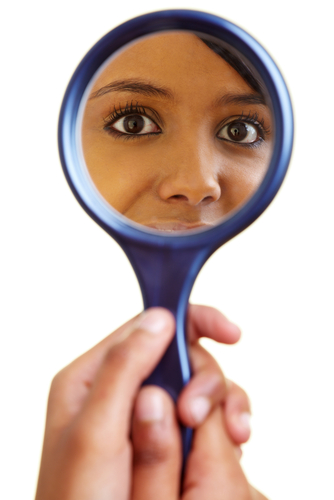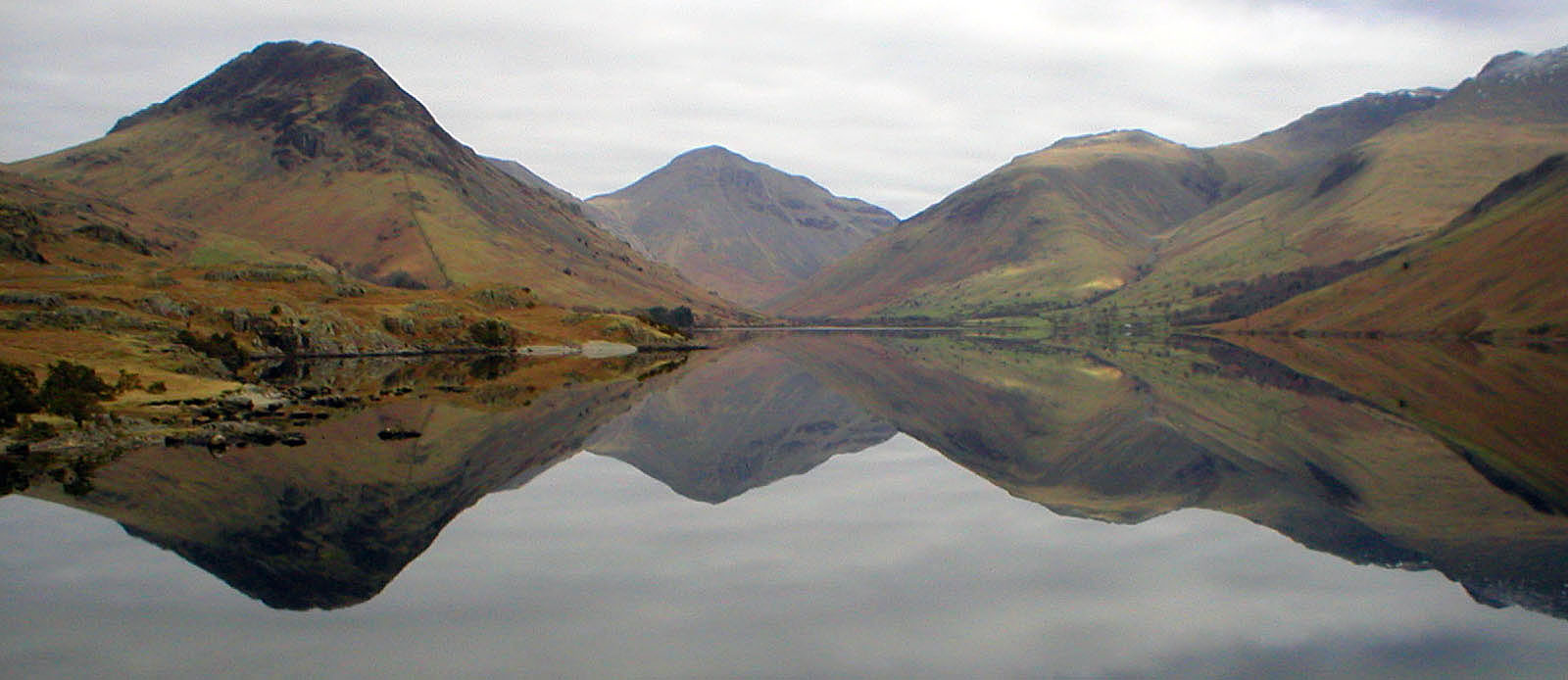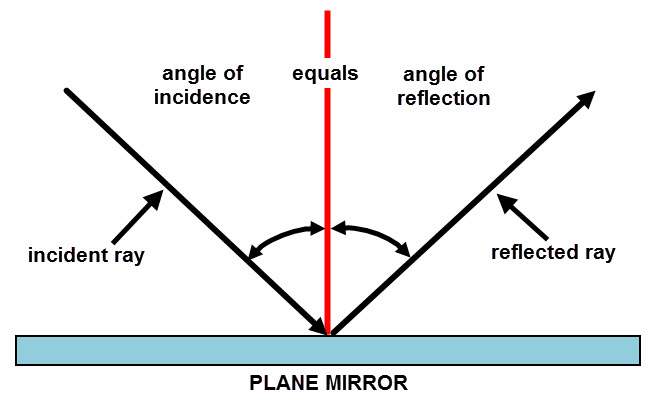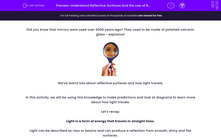Did you know that mirrors were used over 6000 years ago? They used to be made of polished volcanic glass - explosive!

We’ve learnt lots about reflective surfaces and how light travels.
In this activity, we will be using this knowledge to make predictions and look at diagrams to learn more about how light travels.
Let’s recap:
Light is a form of energy that travels in straight lines.
Light can be described as rays or beams and can produce a reflection from smooth, shiny and flat surfaces.

Surfaces that are rough, dark or uneven will not produce clear reflections. They absorb the light or don't let it pass through - these are usually opaque materials.
A reflection is when light bounces off an object and changes the direction of a ray or beam of light.
Reflections are not only for shiny surfaces though because, in order for us to see objects, light is reflected off any object. The light hits an object and then bounces off in a straight line to our eyes and that allows us to see things.
In this activity, we will be thinking about the law of reflection. This law states that the angle of incidence is equal to the angle of reflection.
Look at this diagram and then let’s break this down.

The angle of incidence is the angle between the ‘normal line’ and the incident ray of light.
The normal line is formed at a right angle (or perpendicular) to a reflective surface.
The angle of reflection changes depending on where the light source is directed, but it is always equal to the angle of incidence - the angle at which light hits the surface. The angle of reflection is the angle between the normal line and the reflected ray of light.
Now let’s look at some reflections!







